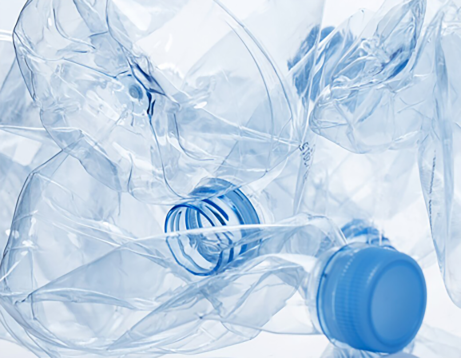Chemicals Used in Wastewater Treatment
Wastewater treatment is a crucial process designed to remove contaminants from water before it is released back into the environment or reused for various purposes. Its effectiveness depends significantly on the chemicals used throughout the treatment stages. These chemicals can be broadly categorized into coagulants, flocculants, disinfectants, and pH modifiers, each playing a pivotal role in ensuring the treated water meets safety and regulatory standards.
Coagulants are the first line of defense in wastewater treatment. They facilitate the aggregation of suspended particles in water, which leads to the formation of larger clumps, or flocs. Common coagulants include aluminum sulfate (alum) and ferric chloride. These substances neutralize the charges on particles, promoting their aggregation. The use of such chemicals helps to remove a wide range of contaminants, including organic matter and sediments, making the subsequent treatment processes more efficient.
Following coagulation, flocculants are often used to enhance the settling of the formed flocs. These chemicals, which can be synthetic or natural, bind the particles together and improve their settleability. Polyacrylamide is a widely used synthetic flocculant that has proven effective in wastewater treatment, particularly in industrial applications, by increasing the efficiency of sedimentation and filtration processes.
chemicals used in wastewater treatment

Disinfection is a critical final step in wastewater treatment aimed at eliminating pathogenic microorganisms to ensure public health safety. Common disinfectants include chlorine, ozone, and ultraviolet (UV) light. Chlorination effectively kills a broad spectrum of pathogens, but it also poses risks such as the formation of harmful by-products. Conversely, UV disinfection is increasingly favored for its efficiency and lack of chemical residues, making it an environmentally friendly option.
Adjusting the pH of wastewater is also essential, as many chemical reactions in treatment processes are pH-dependent. pH modifiers, such as sodium hydroxide or sulfuric acid, are used to maintain optimal pH levels, ensuring that coagulants and flocculants work effectively.
In conclusion, the successful treatment of wastewater hinges on the strategic use of chemicals. Coagulants and flocculants work together to remove suspended solids, while disinfectants ensure the elimination of harmful microorganisms. Proper management of pH is equally vital in optimizing these processes. The ongoing research and development of new and improved chemicals aim to enhance not only the efficiency of wastewater treatment but also its environmental sustainability, paving the way for cleaner water sources and healthier ecosystems.

